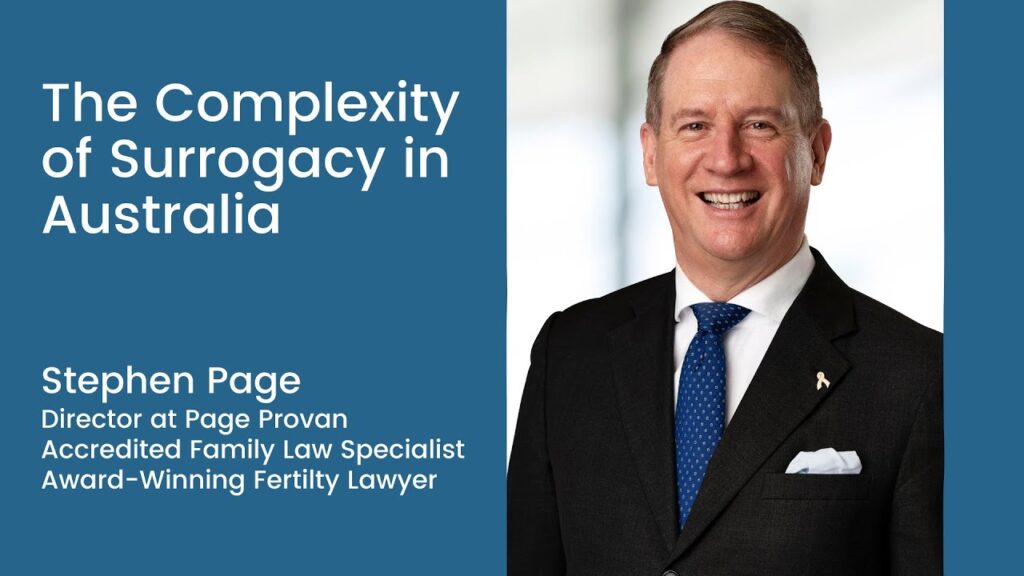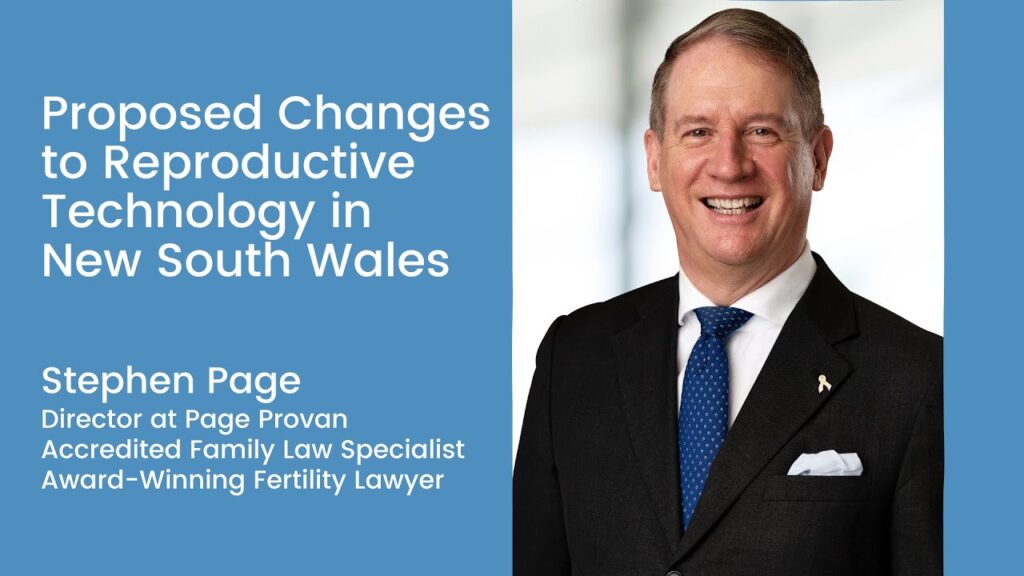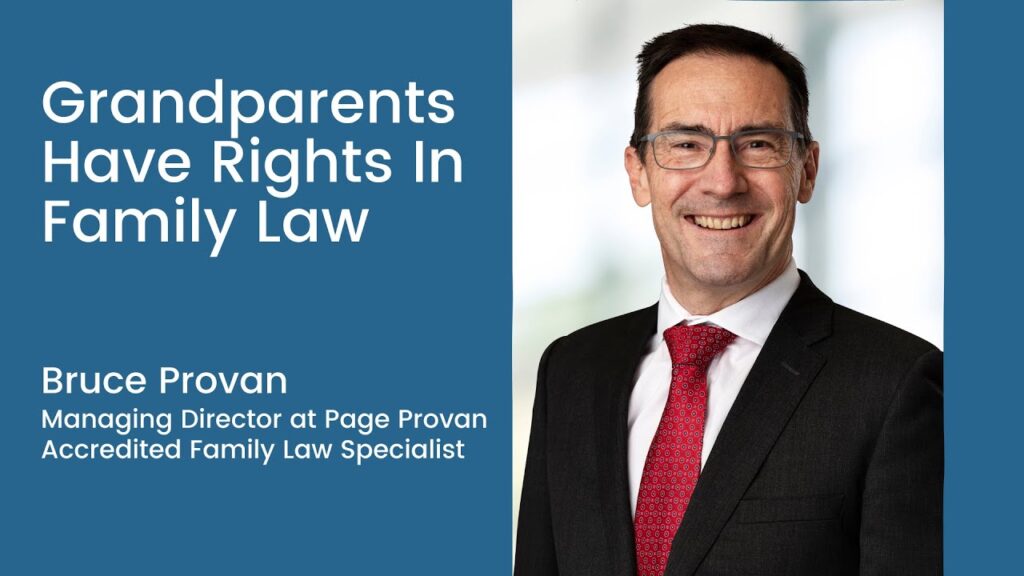Focus on transgender rights 3: Getting married
The test for getting married, which is of a man and a woman to the exclusion of all others for life, was set out in The Mariage of Kevin and Jennifer, a decision of the Family Court, later upheld on appeal.
The then Howard Government did not appeal the matter to the High Court.
Before Kevin and Jennifer, the law had been based on old English cases, in which the gender of a person was assigned at birth, not how they were recognised or perceived themselves.
Thus, on this view of the law, it was entirely legal for a male to female transgendered woman to marry another woman, because in law it was recognised as a man and a woman.
Kevin and Jennifer sought a delcaration that their marriage was valid. The court stated:
“The husband was identified as a girl at birth and named Kimberley (not the real name). His genitalia and gonads were female, and he had and continues to have female (XX) chromosomes. However for as long as he could remember, he perceived himself to be male. Despite pressure to dress and behave as a girl, he wore boys’ clothes whenever he could, refused to play with girls’ toys, had many attributes of a boy, and saw himself as a boy, while growing up. He described his adolescence, and the feminisation of his body, as a “time of pain and dread”. He was harassed at times at school because of his male attitude and appearance. During his adolescence and early adult years he kept most of his thoughts to himself and felt extremely alienated from people.
“From 1994 he generally presented as a male, wearing trousers and shirts to work. In mid 1995 he saw an article about sex reassignment treatment, and he had feelings of relief and excitement upon learning of other people like him, and of how they had “discovered the medical means to express their true sex as men.” He embarked on hormone treatment in October 1995. This led to coarse hair growth on his face, chest, legs and stomach, and a deeper voice. In November 1997 he had surgery to reduce his breasts to male size. In September 1998 he had further surgery: a total hysterectomy with bilateral oophorectomy. The surgery constituted “sexual reassignment surgery” within the meaning of Section 32A of the Birth Deaths and Marriages Registration Act 1995 (NSW). As a result, his body was no longer able to function as that of a female, particularly for the purposes of reproduction and sexual intercourse.
“The parties met in 1996, and Kevin told Jennifer of his transsexual predicament. She perceived him as a man, and supported his desire “to bring his body into harmony with his mind”. They started living together in February 1997 and agreed to marry. In May 1997, Kevin changed his given name from Kimberley to Kevin. In September 1997 the couple applied successfully to an IVF program and Jennifer became pregnant by an anonymous sperm donor. The expert team concluded that Kevin “should be considered male biologically and culturally” and that the parties should “be considered a heterosexual couple with infertility consequent to absent sperm production”.
“In March 1998 Jennifer changed her family name to Kevin’s. In October 1998 Kevin obtained a new Birth Certificate on which his sex was shown as male. Jennifer gave birth to a male child in November 1999. In August, having disclosed the relevant medical history to the marriage celebrant, they were married and a marriage certificate was issued.
“At the date of the marriage Kevin’s male secondary sexual characteristics were such that he would have been subject to ridicule if he had attempted to appear in public dressed as a woman; he could not have entered a women’s toilet; and he was eligible to receive an Australian passport showing his changed name and stating his sex as male. He has been treated as a man for a variety of legal and social purposes, including his employer, Medicare, the Tax Office and other public authorities, banks, and clubs. Evidence from numerous family, friends and work colleagues testified to his acceptance as a man and to the acceptance of him as a husband and father.
“Psychiatric examination of Kevin revealed, in summary, that there was no evidence of psychosis or delusional disorder; that Kevin “presented as an intelligent, emotionally warm man who would be accepted socially as completely masculine”; that his “brain sex or mental sex” was male; and that he “is psychologically male and that this has been the situation all his life”. ”
The court held,granting a declaration that the marriage was valid:
1. For the purpose of ascertaining the validity of a marriage under Australian law, the question whether a person is a man or a woman is to be determined as of the date of the marriage.
2. There is no rule or presumption that the question whether a person is a man or a woman for the purpose of marriage law is to be determined by reference to circumstances at the time of birth…
3. Unless the context requires a different interpretation, the words “man” and “woman” when used in legislation have their ordinary contemporary meaning according to Australian usage. That meaning includes post-operative transsexuals as men or women in accordance with their sexual reassignment.
4. The context of marriage law, and in particular the rule that the parties to a valid marriage must be a man and a woman, does not require any departure from ordinary current meaning according to Australian usage of the word “man”.
5. There may be circumstances in which a person who at birth had female gonads, chromosomes and genitals, may nevertheless be a man at the date of his marriage….
6. In the present case, the husband at birth had female chromosomes, gonads and genitals, but was a man for the purpose of the law of marriage at the time of his marriage, having regard to all the circumstances, and in particular the following:-
(a) He had always perceived himself to be a male;
(b) He was perceived by those who knew him to have had male characteristics since he was a young child;
(c) Prior to the marriage he went through a full process of transsexual re-assignment, involving hormone treatment and irreversible surgery, conducted by appropriately qualified medical practitioners;
(d) At the time of the marriage, in appearance, characteristics and behaviour he was perceived as a man, and accepted as a man, by his family, friends and work colleagues;
(e) He was accepted as a man for a variety of social and legal purposes, including name, and admission to an IVF program, and in relation to such events occurring after the marriage, there was evidence that his characteristics at the relevant times were no different from his characteristics at the time of the marriage;
(f) His marriage as a man was accepted, in full knowledge of his circumstances, by his family, friends and work colleagues.
Stephen Page, Harrington Family Lawyers, Brisbane spage@harringtonfamilylawyers.com 61(7) 3221 9544












